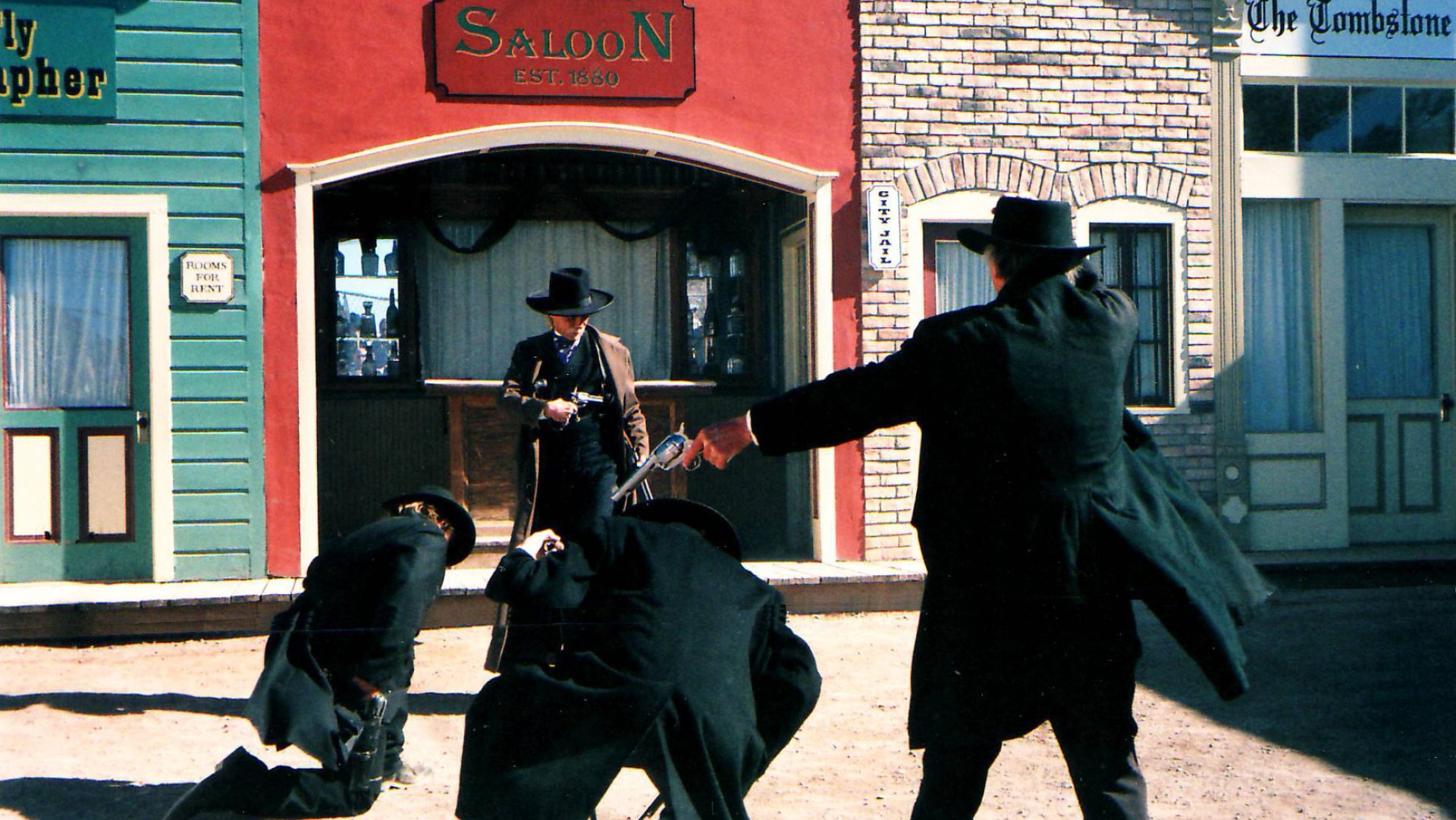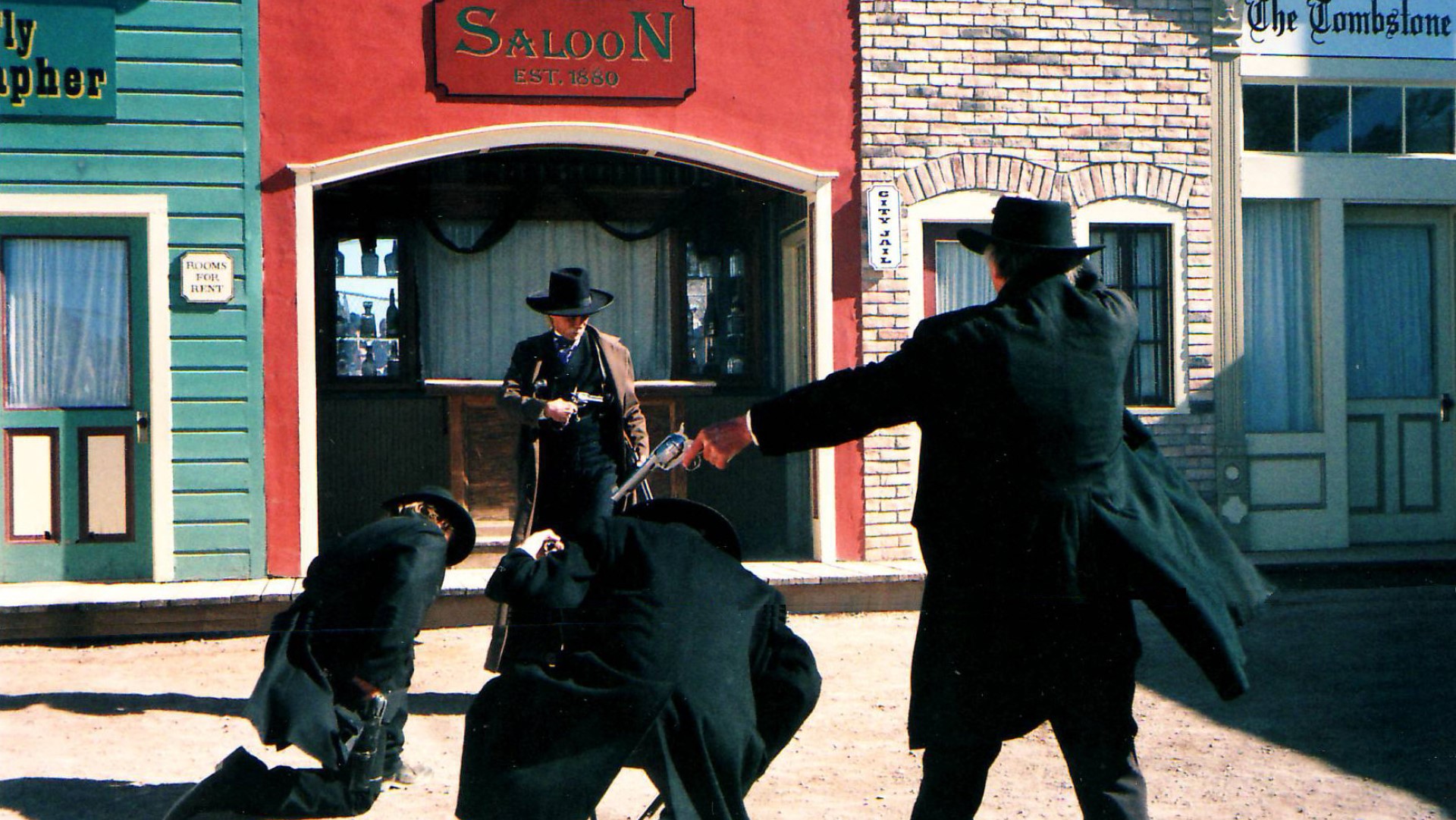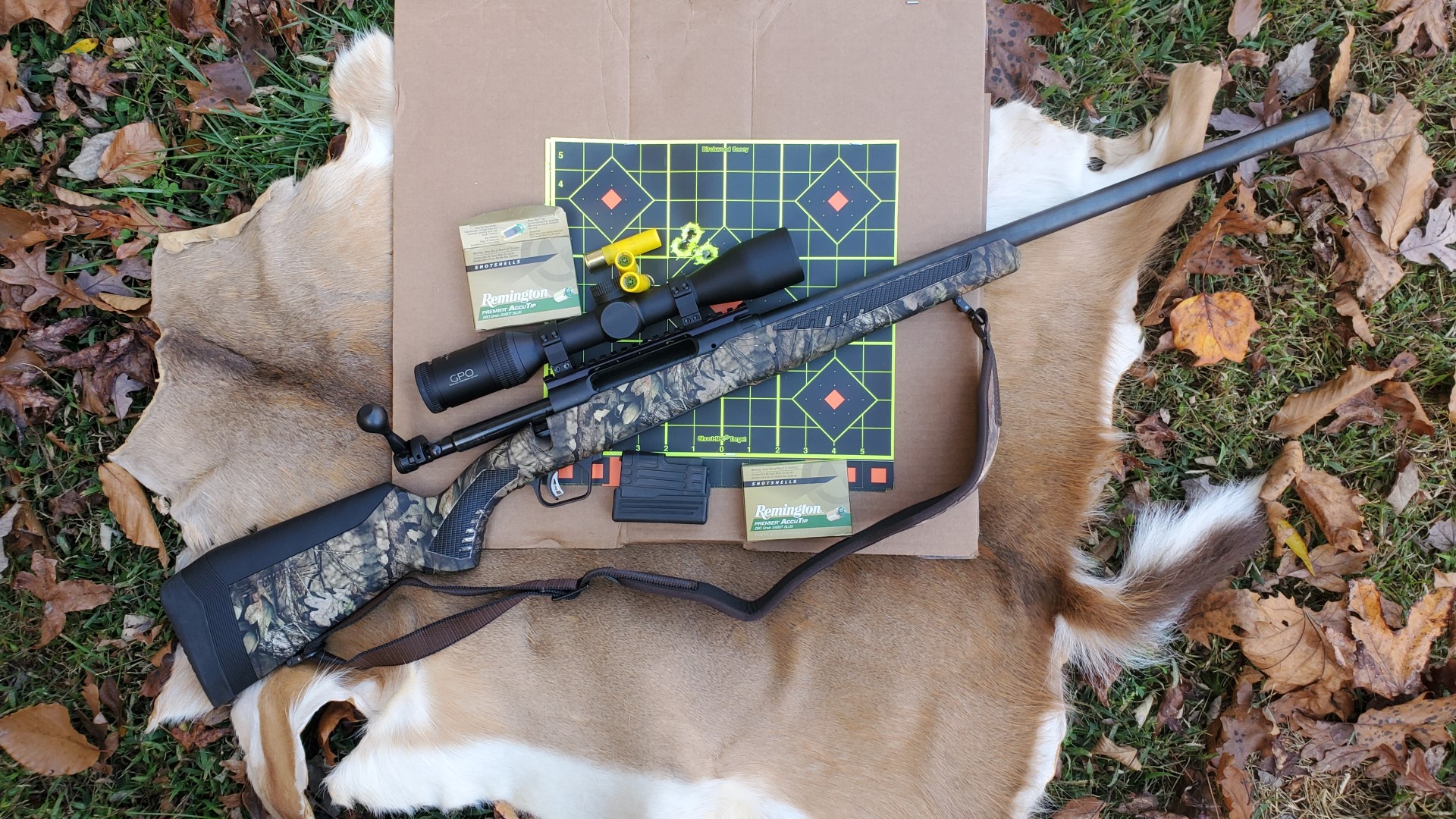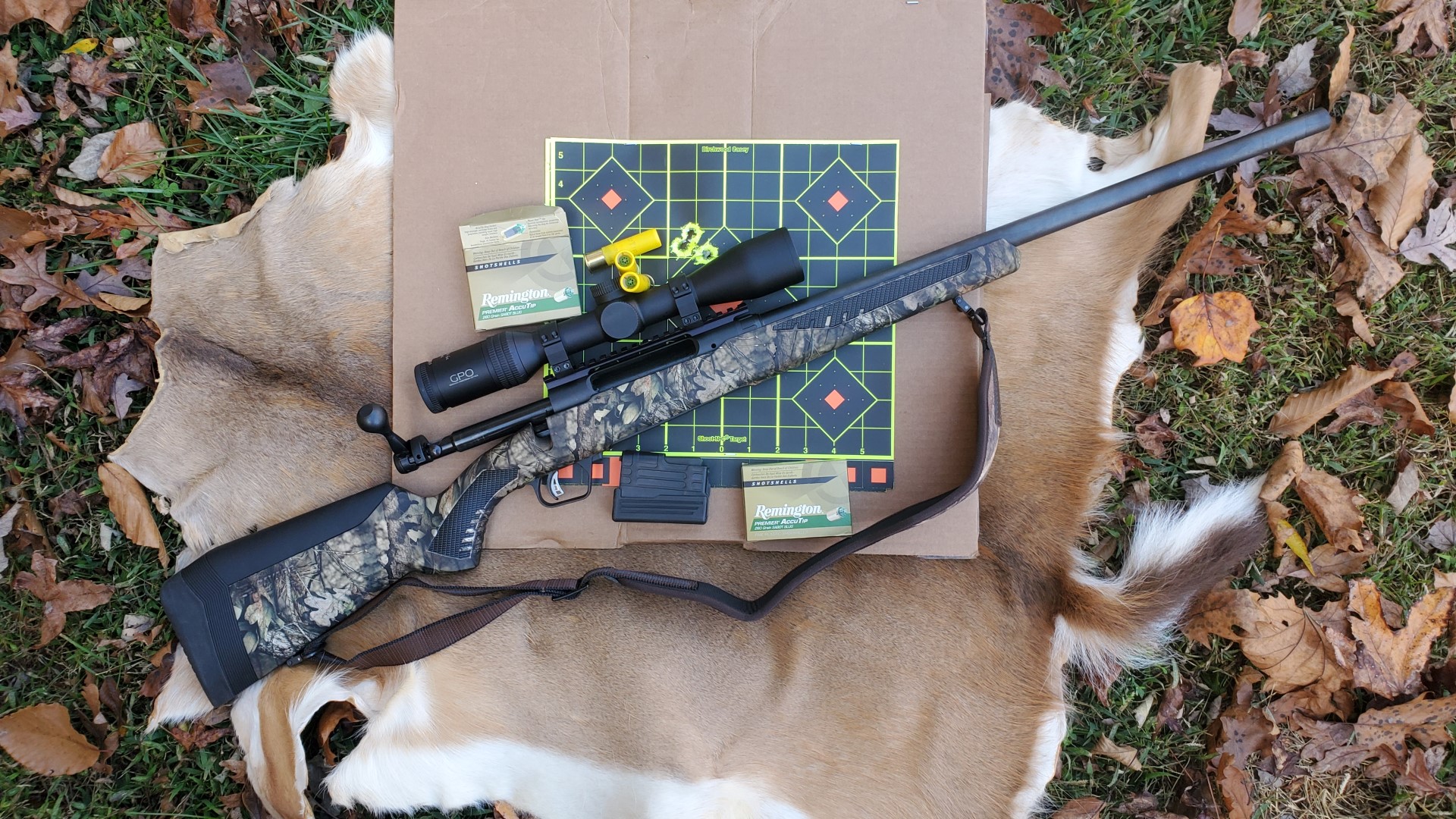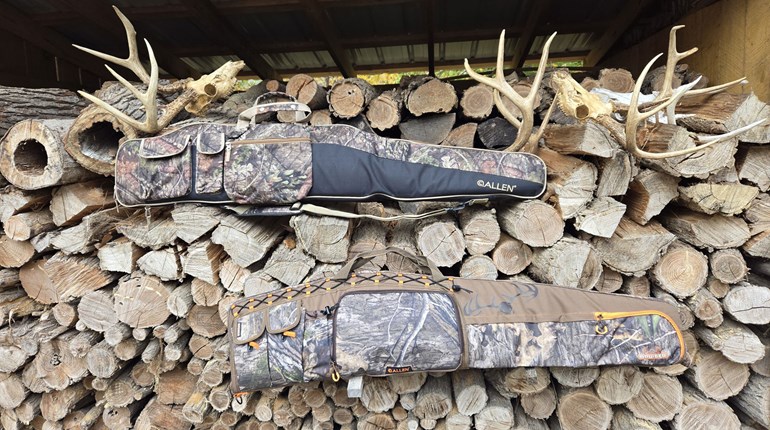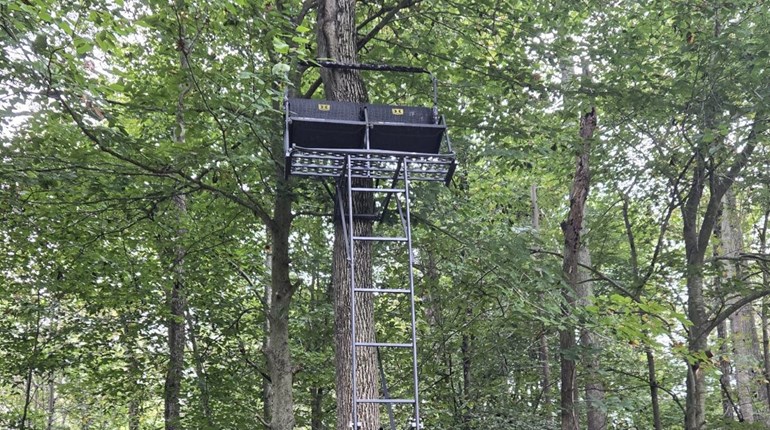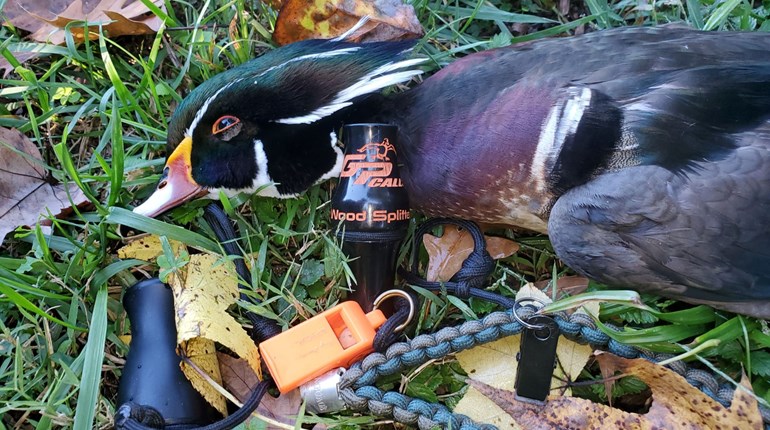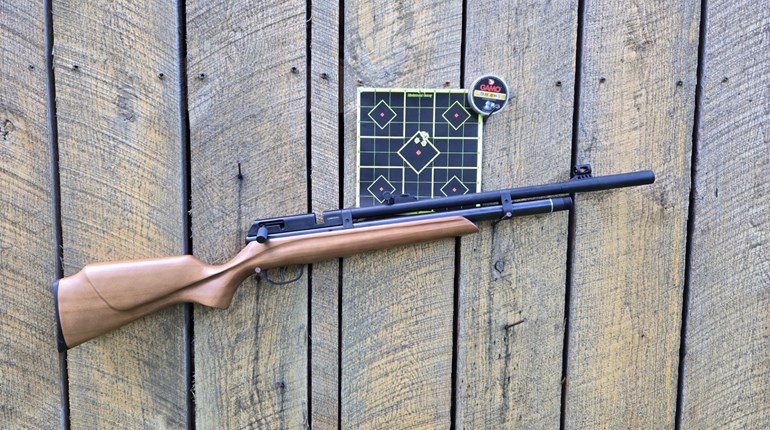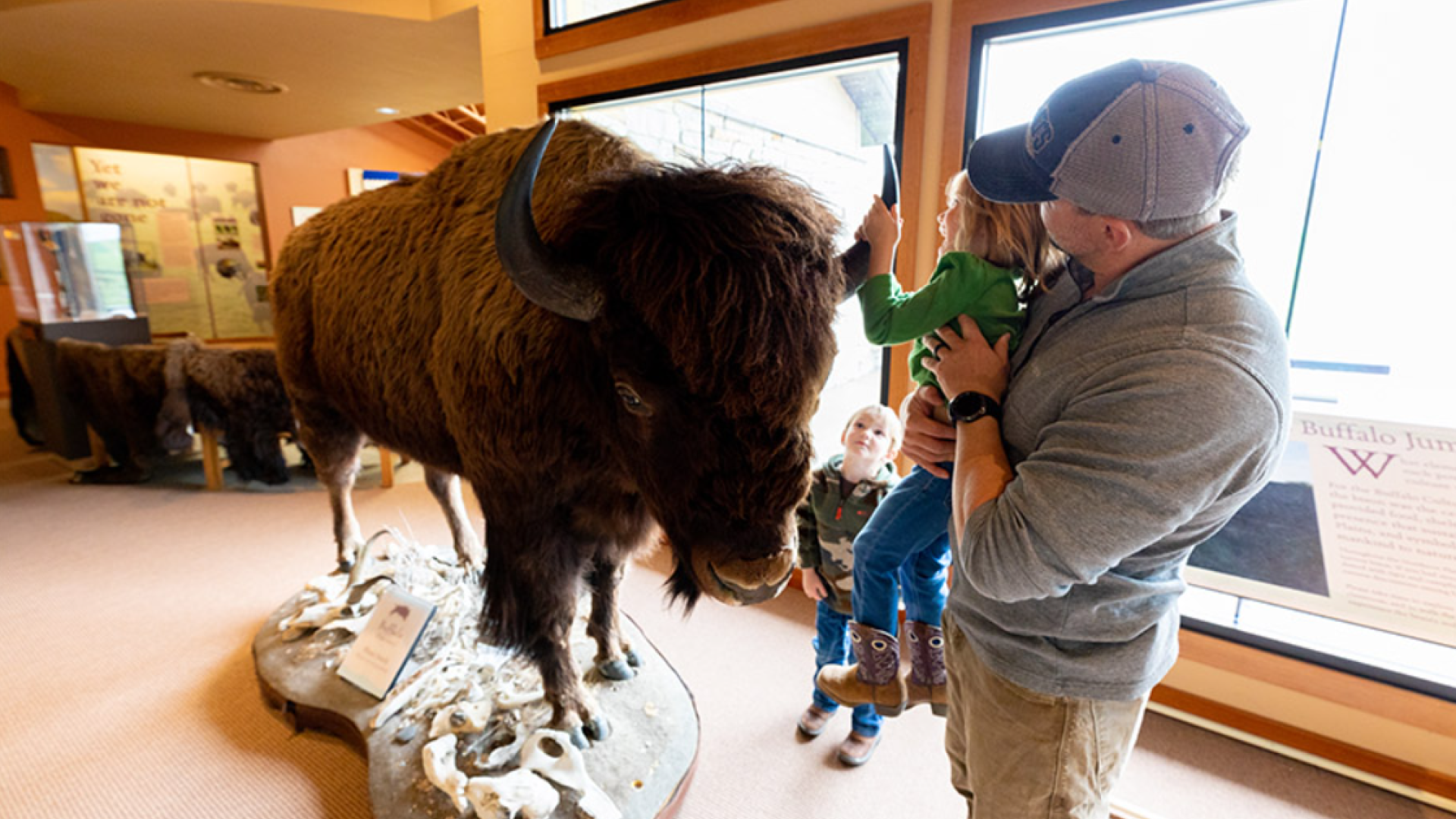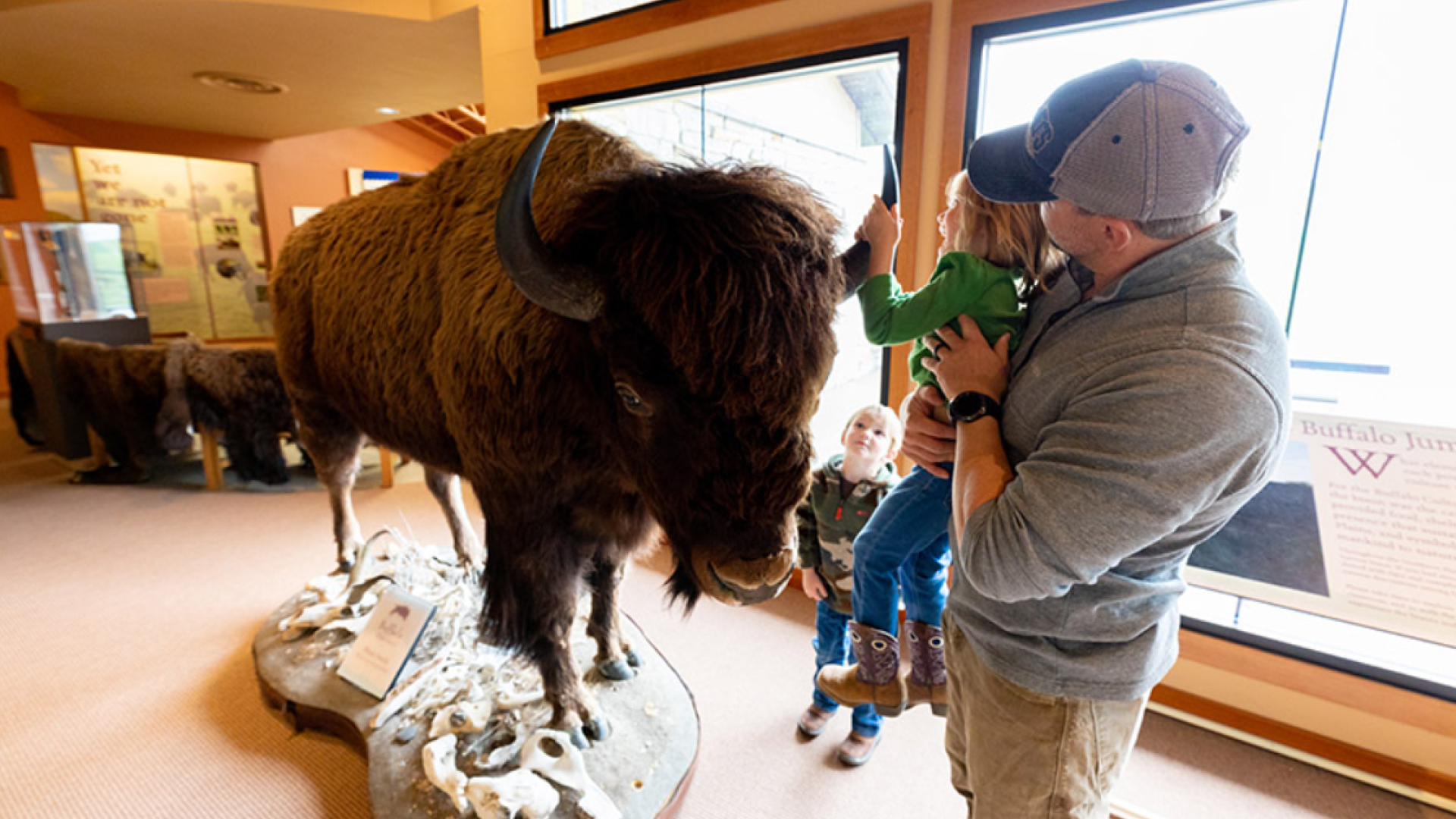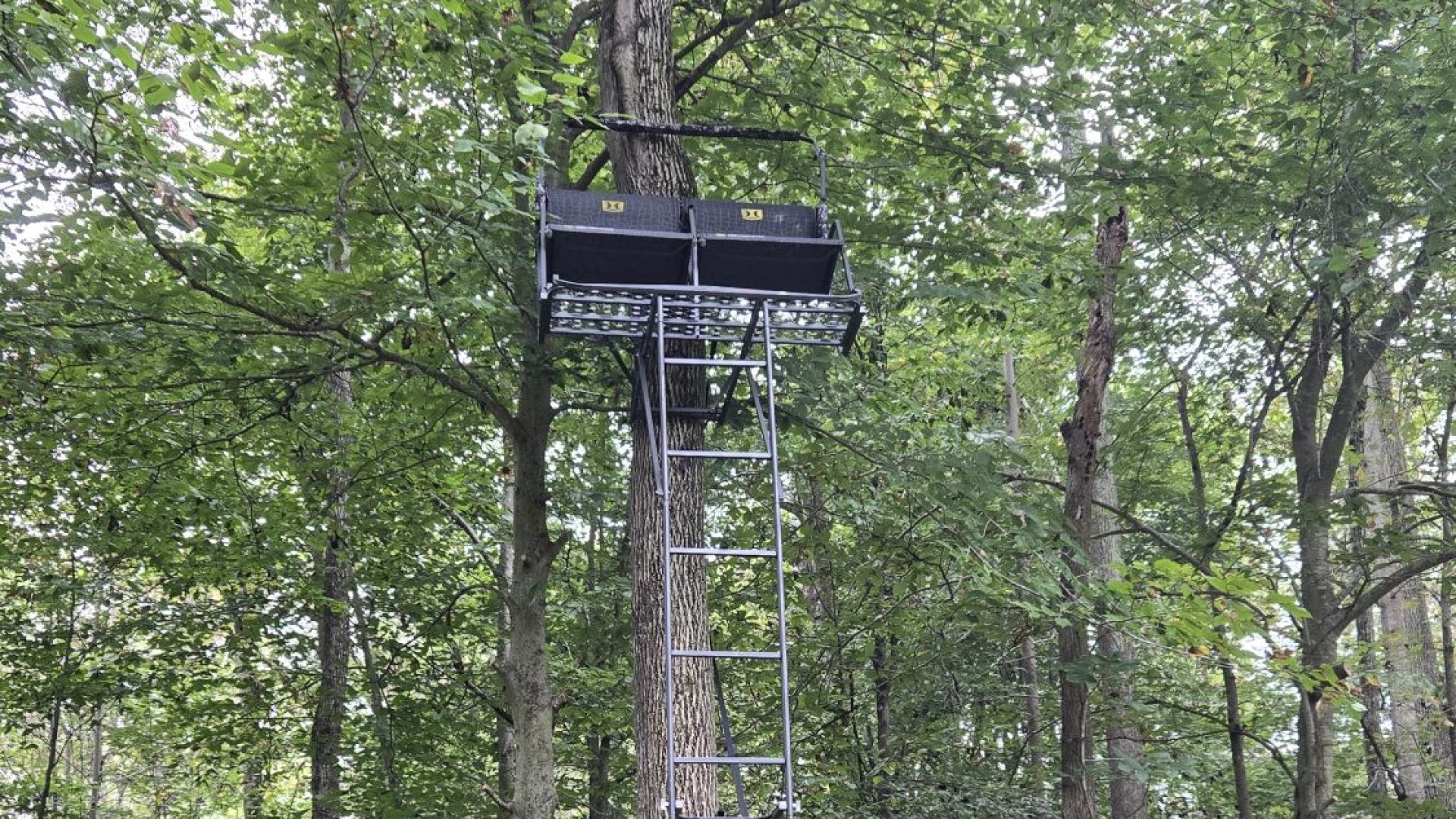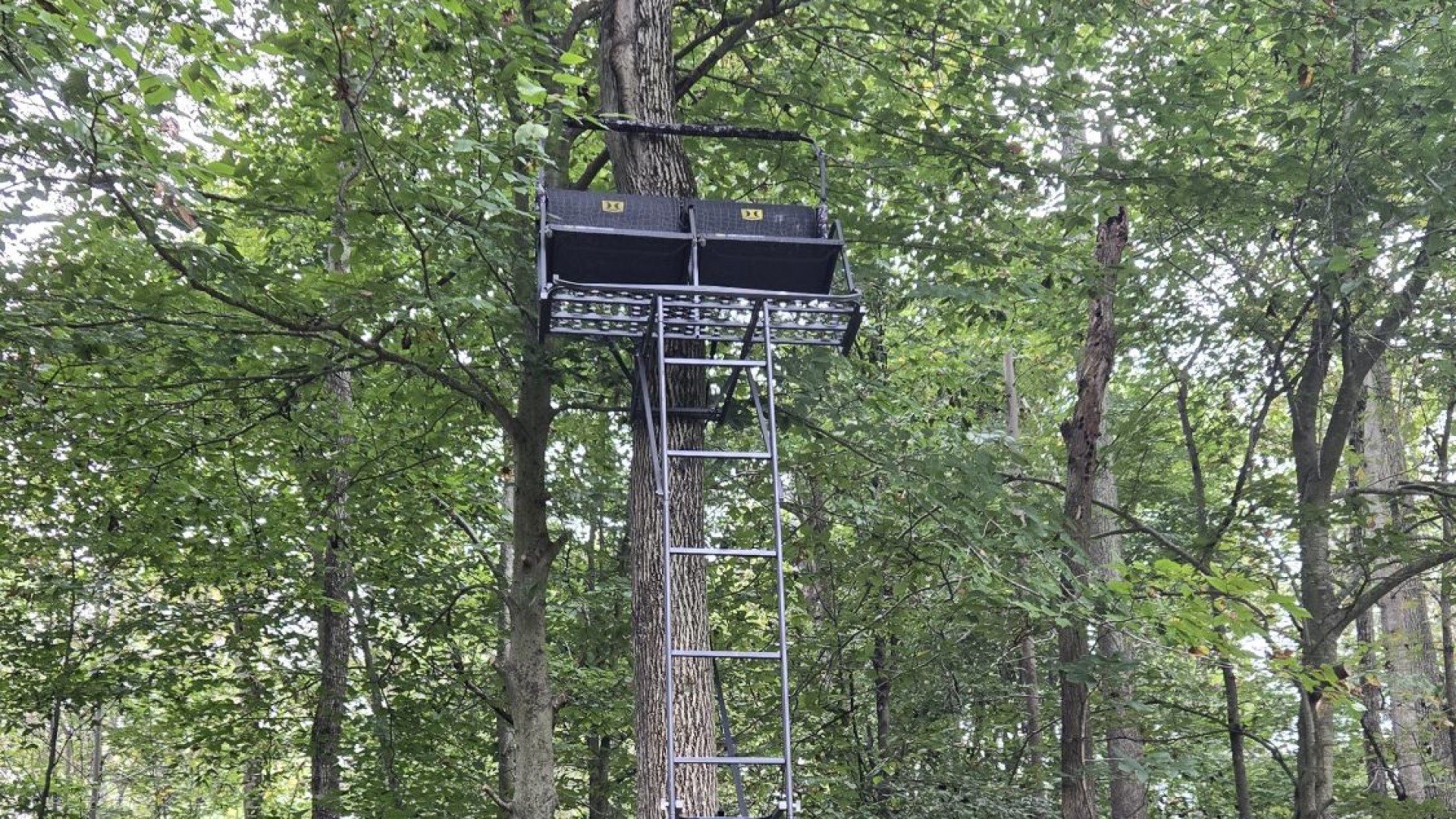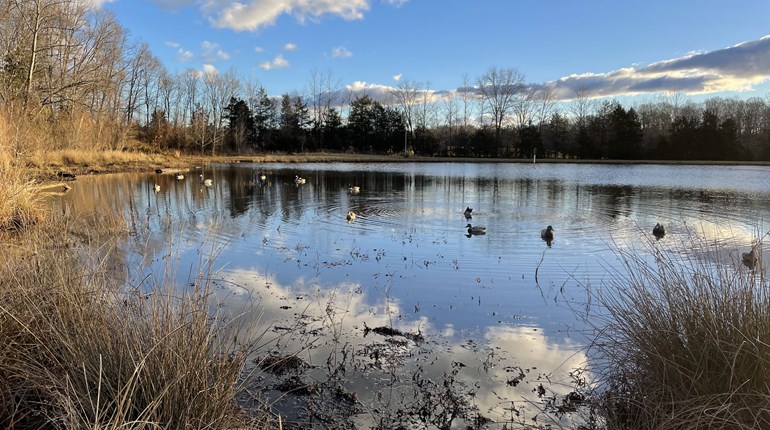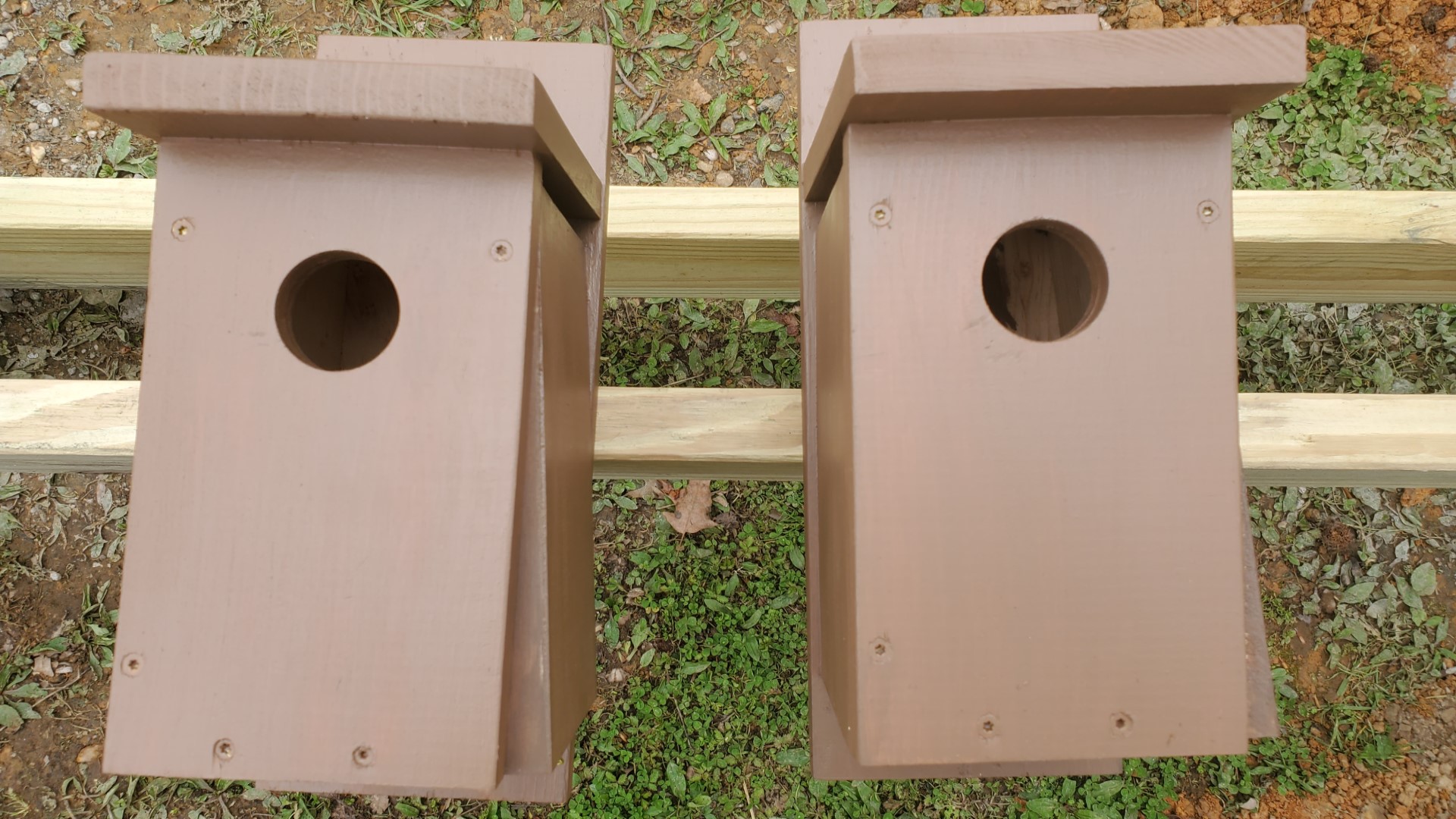
While it may be a month or so before the official start of spring, now is the time to plan for spring and summer and get busy with some fun and productive projects that can be shared with family and friends.
Duck boxes
Wood ducks will be breeding soon, and now is the time to put up some wood duck boxes along swamps, ponds, lakes, and rivers to give the beautiful birds a bit of help with supplying a safe place to brood their eggs.
For the price of a 1x10x12 cedar board (other wood can be substituted if painted or treated on the outside only), some screws, and time, anyone halfway handy with some hand tools can build a wood duck box. We used to build them with our outdoor club and put them up locally, and the kids had a great time building them and learning about wood ducks. There are plans here that take readers step by step through building a box.
Some key points of things NOT to do include: Do not use treated wood (it is toxic to birds). Do not use plastic or metal because it gets too hot. Do not use dark paint on the outside for the same reason. A light, natural colored paint on the outside is great. Put pine or cedar shavings in the box before hanging it. If possible, get a predator guard to protect it from coons, snakes, and other animals. Be sure to clean it out each winter and enjoy watching the birds use it. If you are lucky, you may see the ducklings jump out!
Bluebird box
Bluebirds are abundant over much of the country, but many of the places they try to nest fail because snakes or other predators end up killing their young or even the adults. So, a bluebird box can be built with a 1x6x6 board. Cypress and cedar are the best and longest-lasting wood, but any wood that is painted and cared for each year will provide a good home for bluebirds.
Bluebirds begin looking for nesting sites in the late winter and early spring and will start breeding and nesting in the spring. So, now is a great time to get the family together and get a board or two and some screws and paint to get a few boxes put together. Like the wood duck box, use natural, lighter colored paints. Use a predator guard when possible and never put the boxes close together, particularly within sight of each other. Check out this site for details.
Brush piles
Perhaps building is not your thing, or you prefer a more hands-on effort to benefit wildlife and clean up the fields or woods a bit. My family has often cleaned up some small thickets that were not consisting of favorable tree specie,s and instead of just burning the brush leftover from the saplings we chopped or cut down, we made brush piles to benefit rabbits.
With less trapping of predators occurring in America these days, the numbers of predators has steadily increased. I live in Virginia and just the other morning I walked out to feed animals at sunrise on our small farm and a pack of coyotes was busy yipping like crazy less than a few hundred yards away. The trail cameras we have up show that several foxes are constantly hunting the property too. So, to give the rabbits an assist we create brush piles every few years for them to hide and raise their litters in.
The best brush piles are those that have something under them like a pallet or maybe a few larger logs 11" or less in diameter to throw the brush on, creating a spot for the rabbits to huddle or make a nest. Be sure to stack the brush thick and close together to shed rain and snow, and to make it difficult for predators to get into the pile to eat the rabbits.
A pair of tree clippers, a pole saw, tree saw, or chainsaw and some elbow grease is all that is needed. Place the piles on the edges of fields or just inside the woodline. Get the kids involved by showing them how they can build a fort for the rabbits. Each time you see a rabbit, you know you likely helped them out.
Posted signs
Winter and early spring, before ticks and snakes come out and before vegetation gets thick, is the best time to put up POSTED signs. Perhaps your lease or landowner friend needs this done, or maybe your property needs it done. I often gave a topo map to my kids and showed them where we were and showed them the drawn property lines they could help us follow and find. Stakes, old barbed wire, or survey ribbon helps you keep on track, and it is a good way to teach young family and friends about these things.
Be sure to tack down all the corners of the signs so the wind does not rip them off. A backpack to store the signs and roofing nails in is a good idea. Let one of the young people carry it and teach them how to property nail with a hammer while you are out there. Watch for wildlife or even antler sheds! Speaking of ...
Shed hunting
Shed hunting is great fun. Shed hunting can be a glorified hike in the woods with a prize to find. Try searching in the late afternoon, when the sun is at a good angle. Check around hedgerows, creek crossings, and trails going over logs or in cutover thickets where the antlers get knocked off are great places to look. You could offer a prize for the person finding the biggest or most sheds, while turning it into a lesson about deer antlers too. This is a great way to educate while having fun afield.
This late winter or early spring, get busy enjoying the outdoors with the family and help some wildlife in the process!



